Technology, the ever-evolving realm of innovation and advancement, never fails to captivate us with its fast-paced developments. As we navigate through the digital era, it becomes crucial to dive deep into the fascinating world of TechTalk trends to stay on top of the transformative conversations shaping the tech community. In this blog post, we will explore the dynamic facets of the modern tech landscape, unraveling innovative developments and offering a glimpse into the future based on present observations.
Unveiling the Technological Revolution
The tech landscape has witnessed a seismic shift in recent years, redefining industries, and revolutionizing the way we live and work. From artificial intelligence (AI) to blockchain, virtual reality (VR) to the Internet of Things (IoT), each emerging technology is a piece of the intricate puzzle shaping our future.
AI: From Science Fiction to Reality
Artificial intelligence, once confined to the realm of science fiction, has become an integral part of our daily lives. Machine learning algorithms power our personalized recommendations, autonomous vehicles navigate through bustling streets, and chatbots provide instant customer support. The potential of AI seems limitless, with advancements in areas like natural language processing and computer vision paving the way for even greater innovation.
Blockchain: Beyond Cryptocurrencies
Blockchain, the technology underlying cryptocurrencies, has transcended its initial application and is now disrupting various industries. Its decentralized nature, immutability, and transparency have the potential to transform supply chain management, healthcare records, and even voting systems. As blockchain matures, we can expect to see more widespread adoption and innovative use cases.
Virtual Reality: Breaking Boundaries
Virtual reality has evolved from being a mere amusement to a groundbreaking tool in various sectors. Beyond immersive gaming experiences, VR finds applications in education, healthcare, architecture, and more. Collaborative virtual environments enable remote teams to interact seamlessly, while medical professionals leverage VR for surgical simulations and therapy. The future of VR holds immense possibilities, blurring the lines between the physical and digital worlds.
Internet of Things: Connecting the Unconnected
The Internet of Things has enabled everyday objects to become smart and interconnected, transforming our homes, cities, and industries. Smart homes provide us with unprecedented convenience, while smart cities optimize resource allocation and enhance sustainability. Industrial IoT enables efficient monitoring and predictive maintenance in sectors like manufacturing and logistics. With the proliferation of connected devices, the potential security and privacy concerns cannot be ignored, but the benefits outweigh the risks.
Looking Ahead: A Futuristic Outlook
The tech landscape is a canvas on which innovation knows no boundaries. As we journey into the future, promising developments such as 5G connectivity, quantum computing, and edge computing lay the foundation for extraordinary possibilities. 5G will revolutionize mobile connectivity, enabling real-time communication and unlocking the potential of autonomous vehicles and smart cities. Quantum computing promises to solve complex problems exponentially faster, while edge computing brings processing power closer to the source of data, enhancing latency and efficiency.
In conclusion, the modern tech landscape is a constantly evolving ecosystem with innovative trends and dynamic facets. AI, blockchain, VR, and IoT are just a glimpse of the transformative technologies steering the tech community. As we delve deeper into this realm, we must embrace the potential and address the challenges that lie ahead. The future is bright, and by staying abreast of the ongoing tech narratives, we can actively participate in shaping the world of tomorrow.
Let’s embrace the ever-changing realm of TechTalk trends, sparking discussions, and unraveling fresh insights. Together, we can foster a deeper understanding and appreciation for the remarkable innovations that continue to shape our lives.

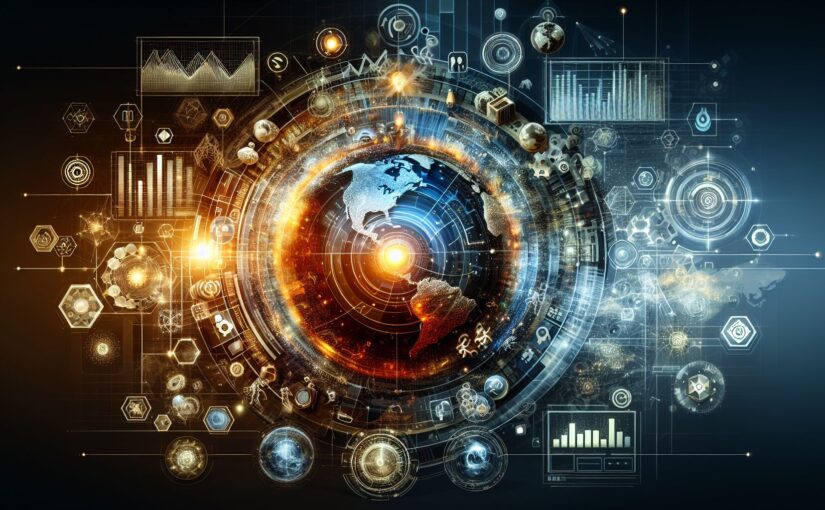
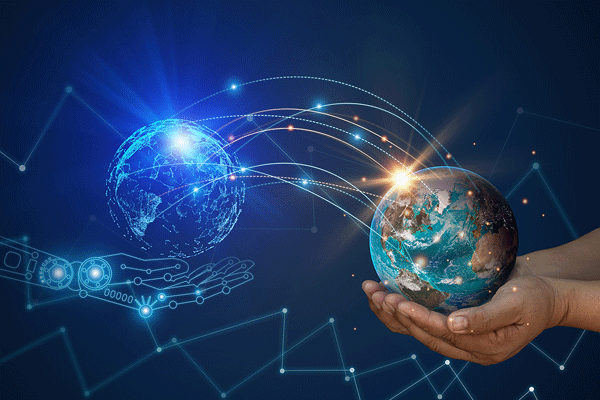
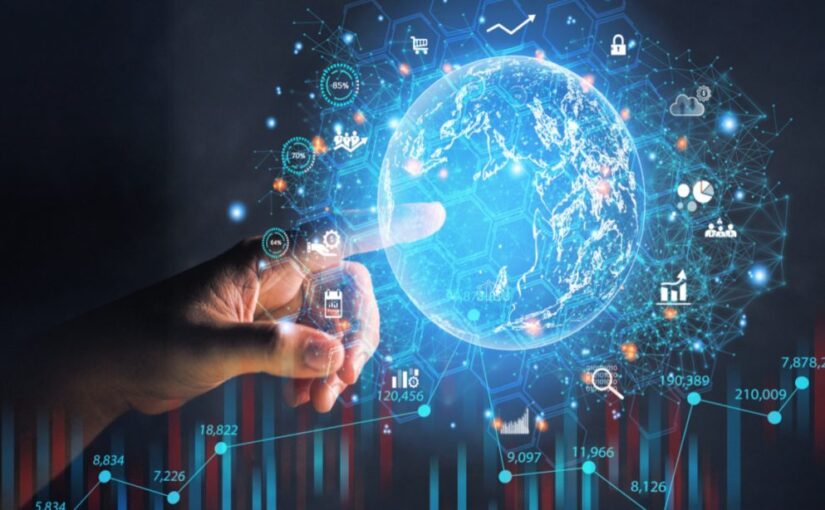
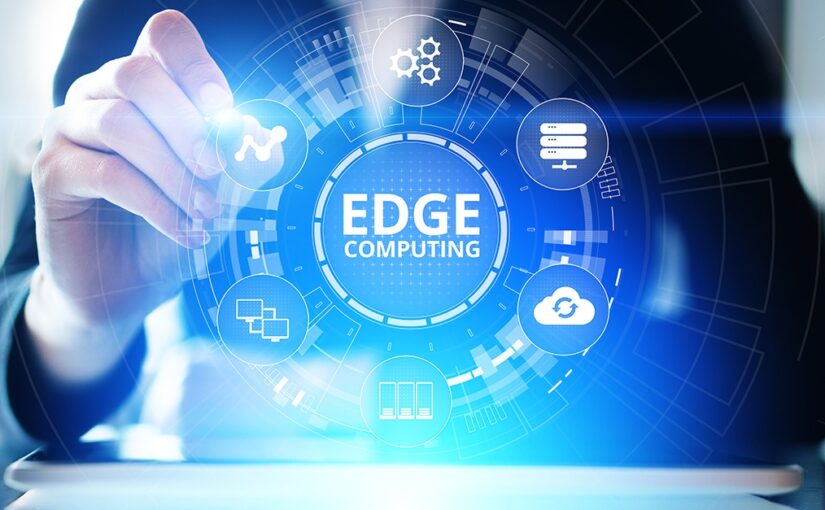
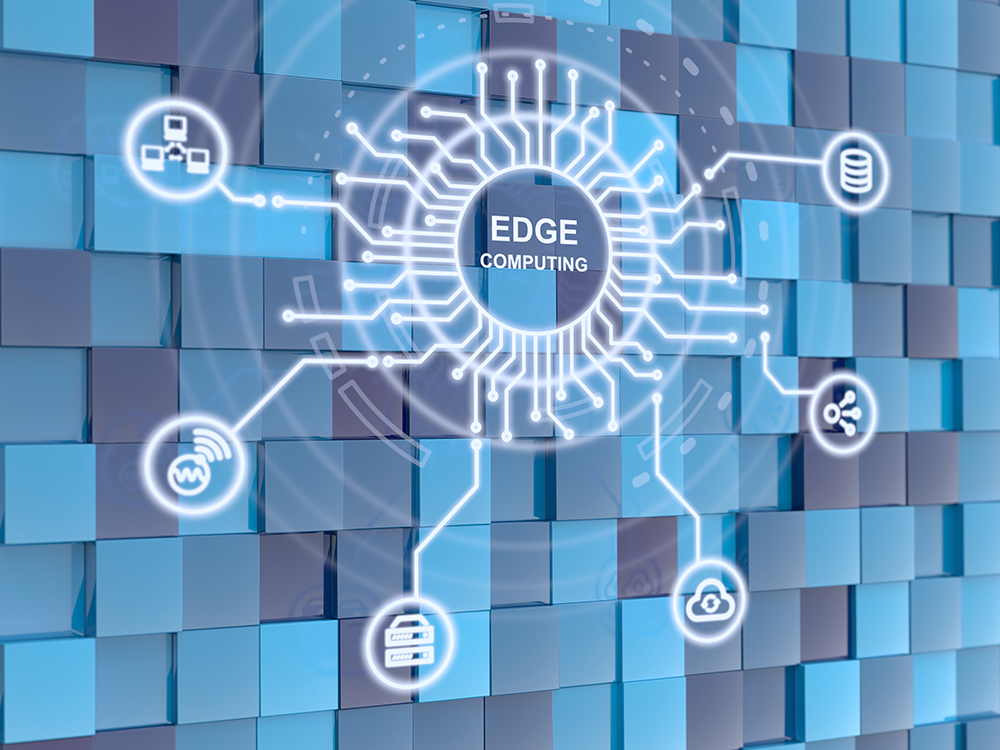
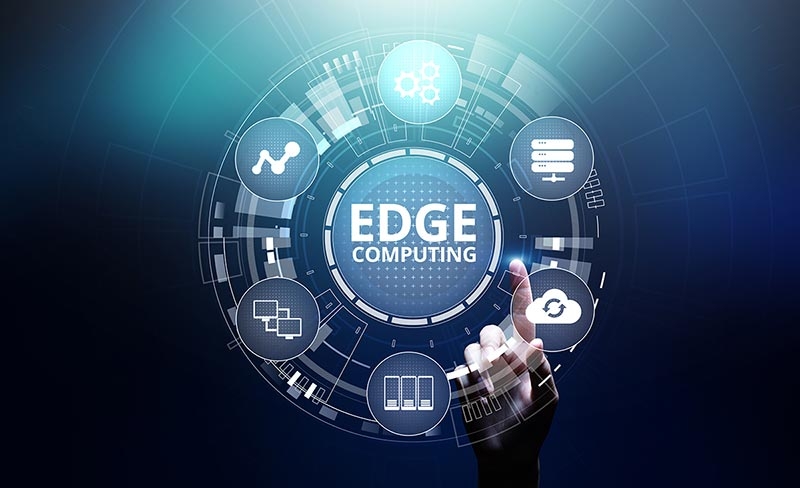 The Benefits of Edge Computing
The Benefits of Edge Computing